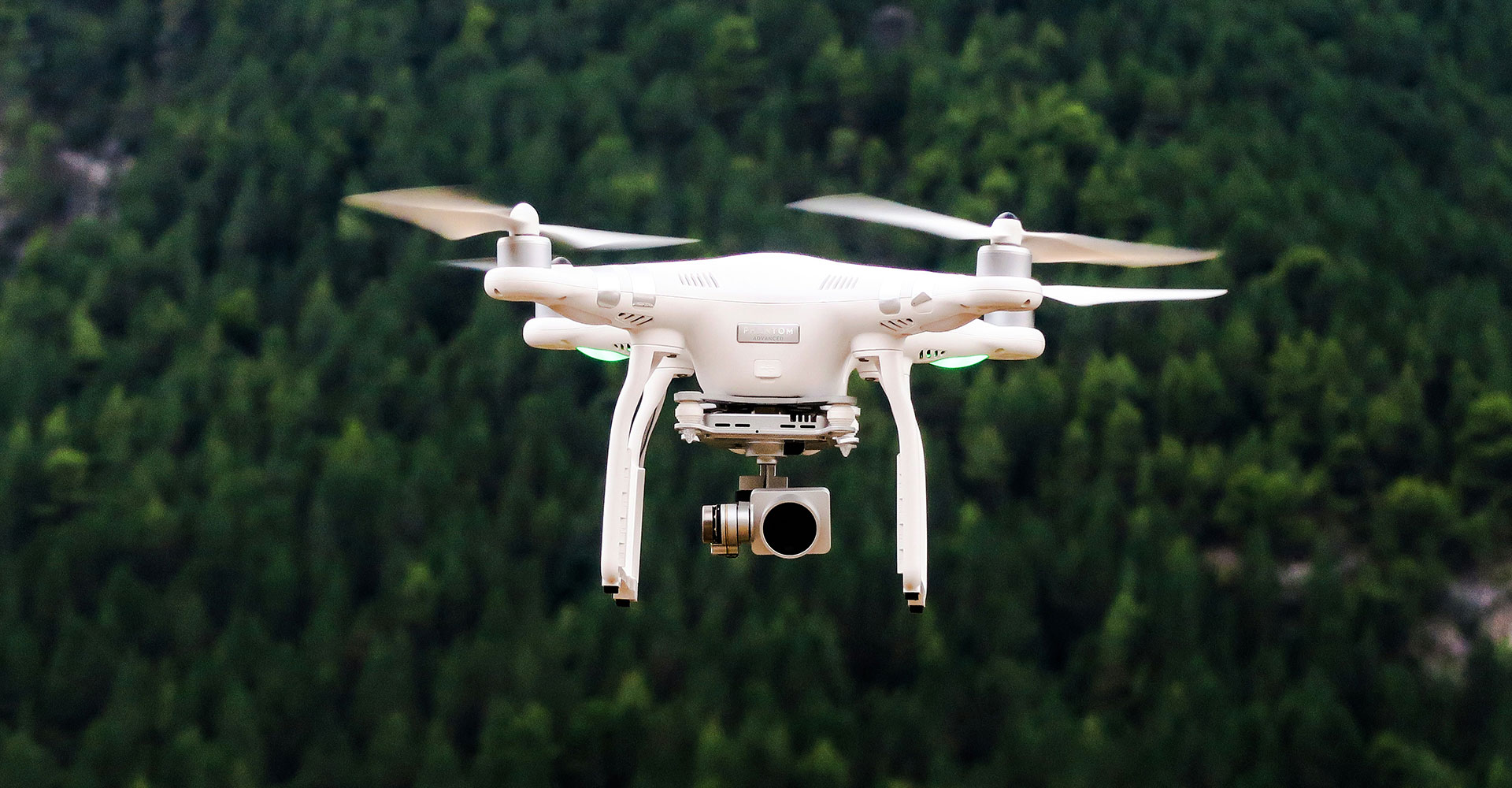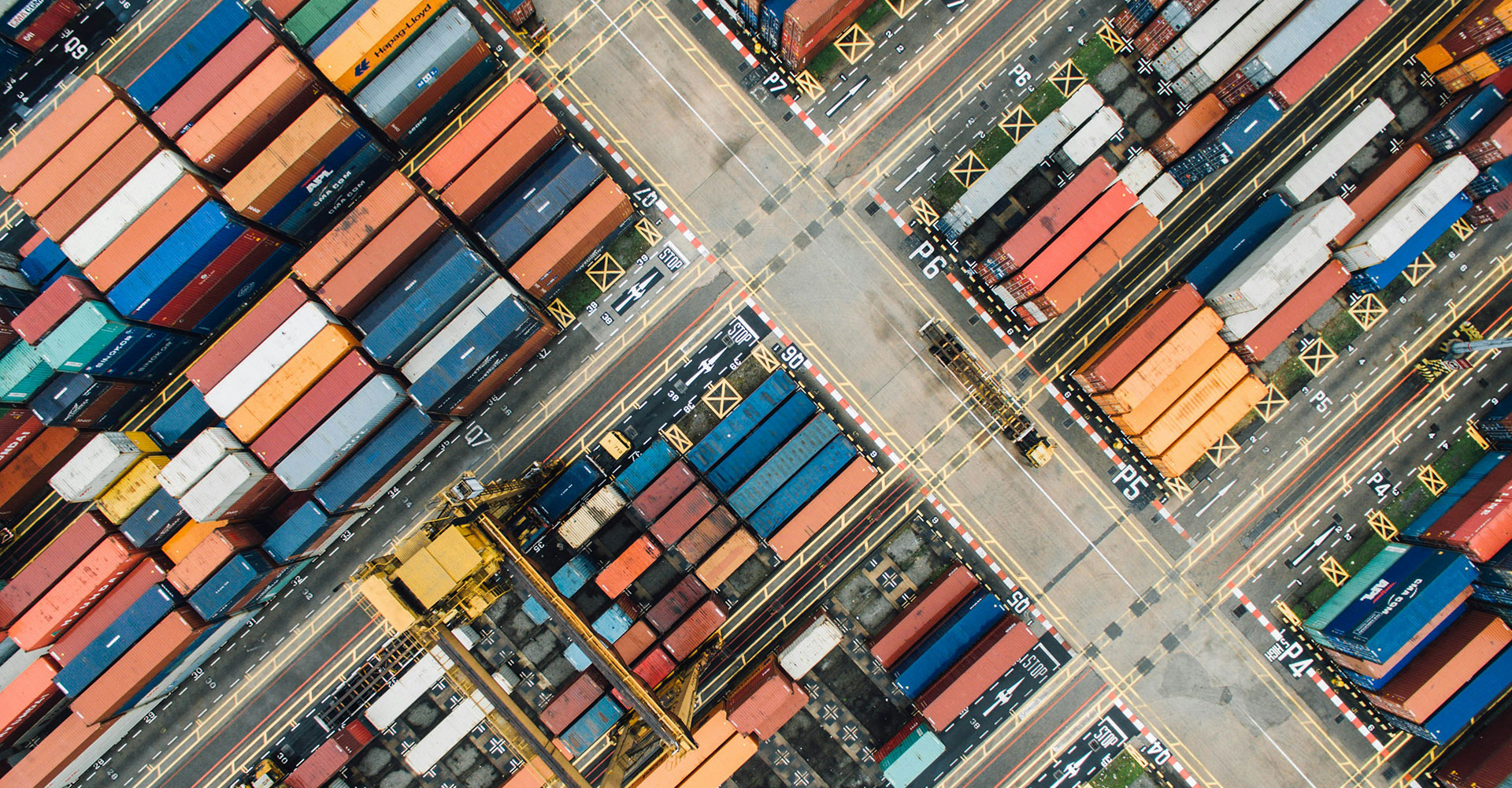A roof revolution has begun, with trends designed to boost curb appeal and elevate building functionality. From energy-saving materials to groundbreaking innovations in roofing technology, the industry is redefining roofs’ aesthetics and function.
Roofs serve a noble purpose: to protect and shelter. But the industry is redefining — and enhancing — that traditional role. Keep reading to learn how.
Self-cleaning and self-healing roofs
Imagine a world where a roof can patch up tiny tears after a hailstorm or wash itself clean after a downpour. Thanks to innovative materials, these “future” concepts are becoming a reality.
Self-cleaning surfaces repel dirt and grime, keeping roofs looking better for longer. New coating technologies make it harder for dirt and water to stick. Preventing water buildup also eliminates mildew.
Self-healing materials can mend minor scratches caused by everyday wear and tear and even recover from hail damage. Thermoplastics are used to fabricate self-healing shingles. The polymer separates as the sun heats the thermoplastics. Molecules in those thermoplastics seal in scruffs and scratches by creating new bonds as the shingle cools — with no effect on durability.
Self-healing properties extend a roof’s lifespan, and self-cleaning minimizes the need for power washing. Less maintenance translates to significant cost savings and a solid ROI.
3D printing
Imagine a world where roofs are built with machine precision, factory line speed, and the design freedom of an artist’s studio. That’s the promise of 3D printing in roofing — a revolutionary technology ready to transform the construction industry.
3D printing — or additive manufacturing — deposits material layer by layer to create three-dimensional objects. It works in roofing by building the roofs on-site or using a 3D printer to prefabricate them. Guided by computer-aided design (CAD) software, these printers can accurately create intricate structures and shapes.
The benefits of 3D-printed roofs go beyond aesthetics, however. Compared to traditional construction methods, 3D printing offers:
- Speed. These 3D printers can churn out roofing components quickly and efficiently, minimizing disruption and enabling crews to install a new roof in a fraction of the time conventional methods can take.
- Reduced cost. 3D printing typically uses less material, leading to potential cost savings. Plus, the faster installation times translate to lower labor costs.
- Minimal waste. 3D printing deposits material precisely where it’s supposed to go, minimizing waste and creating a more sustainable construction process.
A green roof revolution
The 3D printing process also opens doors for innovative green roof solutions. The 3D-printed framework can perfectly incorporate planters and irrigation systems to create a lush rooftop garden for a commercial or residential building. This technology could drive sustainable building practices to the next level.
Clearing hurdles
While 3D-printed roofs show exciting possibilities, the process faces some challenges. Building codes haven’t caught up to the technology, so some hurdles remain for widespread adoption. The initial investment in 3D printing equipment also remains pretty high.
However, the future of 3D-printed roofs looks bright. As technology evolves and building codes adapt, the technology will become more mainstream. Continued innovation and collaboration between businesses and governments may propel 3D-printed roofs to become the rule, not the exception, shaping tomorrow’s skylines.
Cool and white roofs
Sustainability remains a top priority today, and cool roof technology is rapidly gaining traction as a solution for keeping buildings cooler and reducing reliance on air conditioning. Unlike traditional roofs that absorb a significant amount of solar radiation, cool roofs do the opposite via high solar reflectance and thermal emittance.
Cool roofs reflect more of the sun’s rays, preventing them from heating a building’s interior. It’s like wearing a white shirt on a hot day, which is much better at helping you stay cool than wearing a dark-colored shirt that absorbs heat.
Even reflected sunlight can cause some heat gain, however. Cool roofs are more efficient at redirecting absorbed heat back into the atmosphere, keeping indoor temperatures from growing excessively. What’s great about cool roof technology is its versatility. Some materials — metal roofing or light-colored shingles — inherently reflect sunlight well. Existing roofs can be transformed into cool roofs when special solar-reflective coating is applied.
Cool roofs offer other advantages as well:
- Reduced urban heat island effect. Cool roofs help lower overall temperatures in urban areas by reflecting sunlight away from buildings. This phenomenon (the urban heat island effect) significantly impacts energy use and air quality.
- Improved comfort. Cooler buildings mean more comfortable working and living environments, especially during the scorching summer months.
- Extended roof life. Cool roofs also experience less thermal stress, lengthening their lifespans.
Smart roofs
Our homes and businesses have used smart technology for a while, running HVAC systems, lights, Wi-Fi connectivity, and more. A rapidly emerging field — smart roof technology — is transforming how we think about our roofs.
From the thatched roofs of Middle Ages Europe to the terra cotta tiles of ancient China and the Middle East, roofs have always played a passive role. They kept the elements out but offered little interactivity. Smart roof technology has upended this paradigm by integrating Internet of Things (IoT) sensors and other high-tech features. These sensors, connected to Wi-Fi networks, can monitor different elements of a building’s roof, including:
- Leak detection. Finding leaks early is crucial for preventing costly water damage. Smart sensors can even find minor leaks, allowing quick mitigation before a small issue escalates.
- Snow load monitoring. As we saw in Alaska in 2024 and other midwest/western states over the past several winters, heavy snowfall puts a dangerous strain on buildings’ roofs. Smart sensors monitor snow accumulation and send alerts when the weight reaches a critical threshold, allowing building owners to remove excess snow before it causes structural damage.
- Clogged drain detection. Blocked gutters and drains can lead to water pooling on your roof, which increases the risk of leaks. Sensors can detect clogs and send alerts before the blockages create more significant headaches.
Smart roof technology keeps roofs safe and makes buildings more intelligent and efficient. They provide real-time data on roof temperatures and energy usage. Some smart roof systems incorporate solar panels, enabling buildings to generate clean electricity. This integration reduces energy grid reliance and energy costs. Connect roof technology with other smart building systems for a more holistic and automated approach to building management.
Stronger. Smarter. Sustainable
Residential and commercial roofs are getting a major upgrade. Advanced roofing technology is transforming the industry, offering homeowners and building owners a future of resilient, efficient — and yes, even stylish — roofs.
New roofing materials, like silicone and thermoplastics, are being engineered for exceptional weather resistance, durability, and energy efficiency. Longer lifespans and lower maintenance needs will make these options more sustainable and cost-effective. Recycled and upcycled materials like rubber, plastic, and metal are also being transformed into eco-friendly roofing solutions — a greener path for the future.
Are you a commercial real estate investor or looking for a specific property to meet your company’s needs? We invite you to talk to the professionals at CREA United, an organization of CRE professionals from 92 firms representing all disciplines within the CRE industry, from brokers to subcontractors, financial services to security systems, interior designers to architects, movers to IT, and more.

